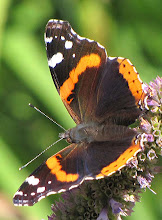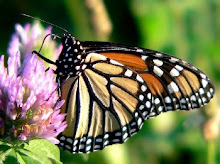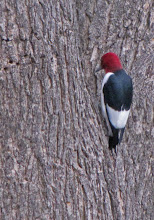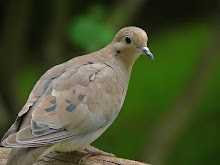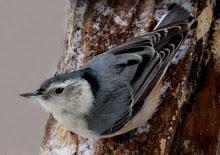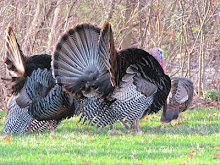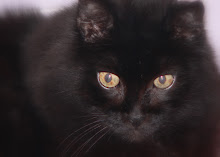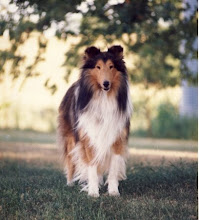
In mid April I noticed him in the wood pile.
A tiny chickadee, busy popping up and down in the crevices between logs.
He was there again the next day, working among the logs in the same spot as the day before.
I was curious so I walked over to see what the little chickadee was up to. The wood pile is only a couple feet high, just a few old logs I use as photography props. As I approached the log pile, the chickadee scrambled out of a hole in the top log. Scolding me with loud dee-dee-dee-dees, he flew into a nearby tree.

The chickadee had indeed been busy. He had hollowed out a hole in the soft part of a rotten log. He was building a house for a new family, but in a very dangerous place. The log he had chosen was accessible to raccoons, squirrels, and worst of all Toby the Terrible Tabby. It was certain the chickadee family would not have survived a week in that spot.
It broke my heart to destroy his hard work, but I shifted his log so that he couldn’t reach the hole. I hoped he would find another place high in the trees to make a new nest. Unfortunately, he didn’t do that. This little guy had no sense of danger or maybe just no common sense at all. He was so desperate to have a home, he was making some terrible decisions.
The next day he and the missus were in and out of a decorative log cabin birdhouse that hangs in an amalanchier tree outside the dining room window. In the 5 or more years that little decoration has hung there, no birds have been foolish enough to try to nest in it. This little house, although cute, has a gaping hole that would have allowed squirrels, raccoons and both the dreaded house sparrow and European starling easy entrance.

I could not bring myself to take another home away, but I couldn’t let him stay there and be killed by a house sparrow or a starling. So, off to the wild bird supply to pick up a nice cedar nest box. It took me a long time to get it ready, add a 1.25 hole reducer, and properly mount it on a pole. A handy man could have had this house up in half an hour. It took me 4 hours. That’s how clever I am with tools.
The next morning before sunrise, the little log cabin was whisked from sight into the garage. I was pretty sure the chickadees would find the new cedar house very quickly.
When I got home from work that evening, Chickadee and the missus were both excited, flying in and out of the new post mounted, absolutely safe, cedar dwelling. I had located the new house in a scenic spot with a view of three Austrian pine threes and a lovely rugosa rose.
I kept an eye on the pair as they furnished their new home with a deep layer of soft green moss. On top they laid a fluffy blanket of cat hair (donated by my house cats). When they finished, it was as cozy as it could be. One by one eggs appeared in the hollow of moss until there were five. Whenever I checked, Mrs Chickadee had covered her eggs with the warm layer of cat fur before leaving the box.
 All the eggs hatched and Mom and Dad made endless trips to bring the tiny hatchlings back food. I was concerned toward the second week. The house wrens had arrived. House wrens have a horrible reputation for breaking eggs and killing the young of other birds. The hole reducer that had kept the sparrows from entering the new house would not stop a wren. Either good luck or good vigilance on the part of the chickadee parents prevented disaster and all the babies thrived and left the nest to begin their new lives.
All the eggs hatched and Mom and Dad made endless trips to bring the tiny hatchlings back food. I was concerned toward the second week. The house wrens had arrived. House wrens have a horrible reputation for breaking eggs and killing the young of other birds. The hole reducer that had kept the sparrows from entering the new house would not stop a wren. Either good luck or good vigilance on the part of the chickadee parents prevented disaster and all the babies thrived and left the nest to begin their new lives.
So the story of the homeless chickadee has the best possible ending. I would like to believe the entire family will remain in the area visiting my feeders. Come next spring, I will be ready with more nest boxes in case any chickadees find themselves homeless.

For more information on helping cavity nesting birds here are two sites to check out:
Gardening for Wildlife
Sialis
 Has he been partying all night?
Has he been partying all night?












